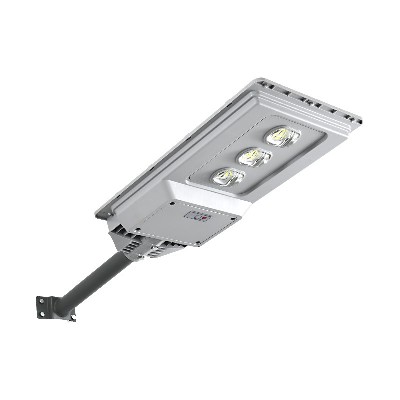What issues should be paid attention to when installing outdoor lighting
Before installation, it is necessary to understand whether the electrical performance of the neon lighting system matches the power supply capacity of the installation unit. During the installation process of neon lights, mismatches in electrical performance and power supply capacity can lead to circuit overload and cause fires. Therefore, the installation personnel should first understand the matching situation between the two, and reasonably match transformers with different powers based on the length of the lamp. Overload or underload.
The transformer core and housing must be well connected and equipped with a grounding device. The high-voltage wire and connecting wire of the lamp shall be flame retardant insulated rubber wire with a rated voltage of not less than 15KV. The output end of the high-voltage line of the neon lamp transformer, the connection point of the high-voltage line, and the connection point between the high-voltage line and the lamp must be insulated with an insulating sheath or insulating cloth. The distance between the high-voltage lines should not be less than 5cm.
During installation, the transformer should be fixed on a bracket, and the base must be made of non combustible material. There shall be no combustible materials around the neon lamp transformer, and the height from the ground shall not be less than 3m. When the distance is less than 3m, it must be separated by metal mesh, otherwise it may cause fire and other safety accidents.

Lamps shall not be installed in hazardous areas in flammable and explosive locations. When the lighting exceeds the surrounding buildings or exceeds the ground by 20 meters, lightning protection facilities must be installed.
Precautions for outdoor installation of lamps: Before installation, the lamps and their accessories should be complete and free of defects such as mechanical damage, deformation, paint peeling, and lamp cover cracking. Confirm whether the lamps meet the outdoor waterproof requirements. According to the installation site and purpose of the luminaire, the minimum cross-section of the conductor core leading to each luminaire should comply with relevant regulations and specifications. When installing electrical lighting devices in masonry structures, they should be fixed using embedded hooks, bolts, screws, expansion bolts, nylon plugs, or plastic plugs; The use of wooden wedges is strictly prohibited. When not specified in the design, the bearing capacity of the above fixtures should match the weight of the electrical lighting device. There are insurance measures such as leakage protection, which can timely power off when connected to electricity, electric shock, and lamp explosion. safety first. Safety protection must be provided during construction. In places with high risks and special hazards, when the height of lamps from the ground is less than 2.4 meters, lighting lamps with a rated voltage of 36 volts or less should be used or protective measures should be taken. Lamps shall not be installed directly on combustible objects; When the high temperature part of the lamp surface is near combustible materials, thermal insulation and heat dissipation measures should be taken. Lamps should not be installed directly above high-voltage and low-voltage distribution equipment and buses in substations. Safety protection must be provided during construction.
-
03-21
What issues should be paid attention to when installing outdoor lighting
Before installation, it is necessary to understand whether the electrical performance of the neon lighting system matches the power supply capacity of the installation unit. During the installation process of neon lights, mismatches in electrical performance and power supply capacity can lead to cir
-
03-21
What are the precautions for outdoor street lamp maintenance
Before the rainy season every year, it is necessary to conduct a comprehensive inspection of high pole lighting facilities, and promptly remove any dirt found to prevent insulation damage and short circuits.The pole body should be regularly cleaned to keep it clean and tidy. Before the strong wind c
-
03-21
Installation precautions for outdoor street lights
The construction shall be carried out according to the design drawings, and the location and size of the embedded parts shall meet the design requirements. The specification and quantity of the expansion bolts for fixation shall be selected according to the design requirements. When the materials en
